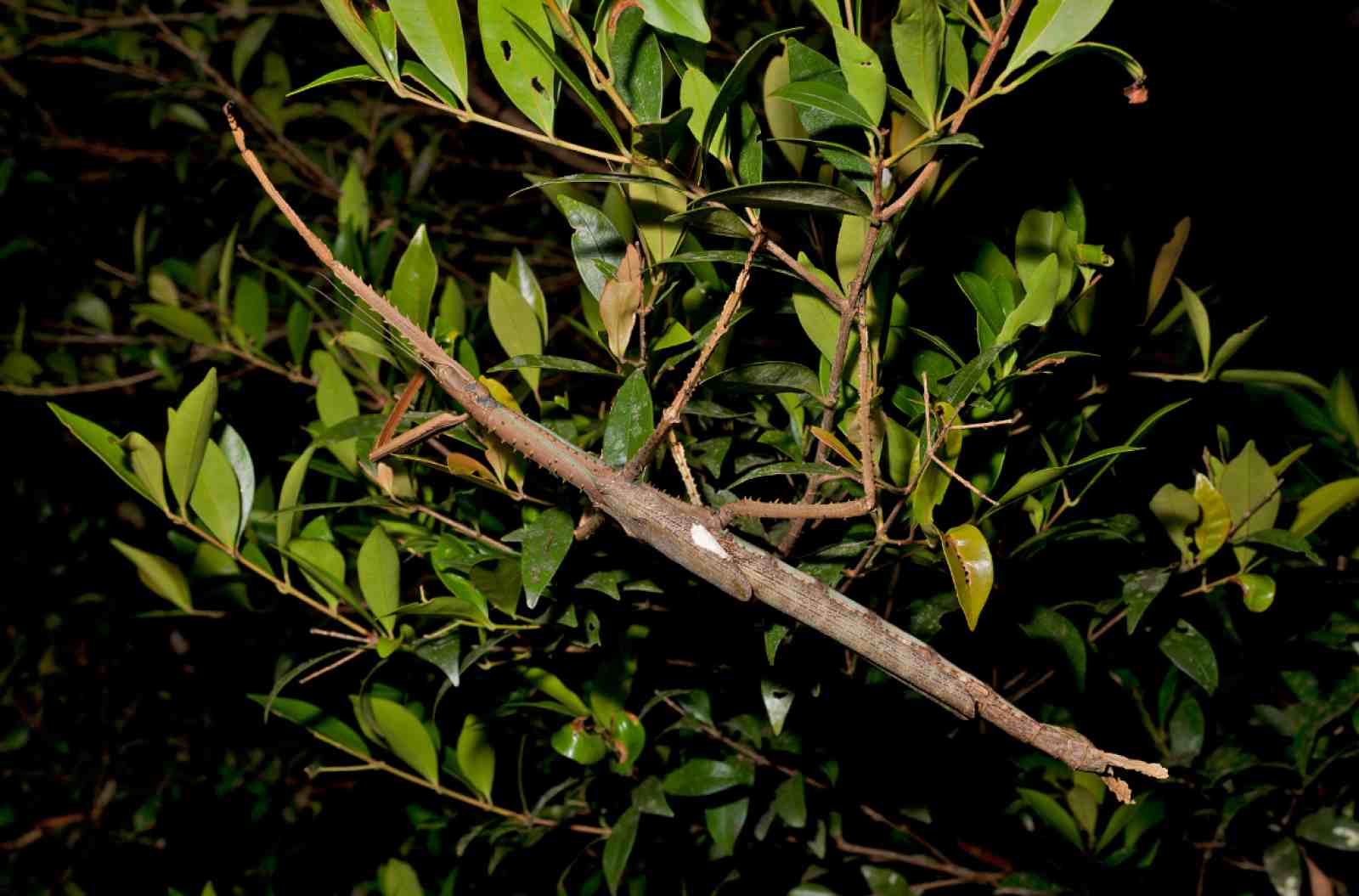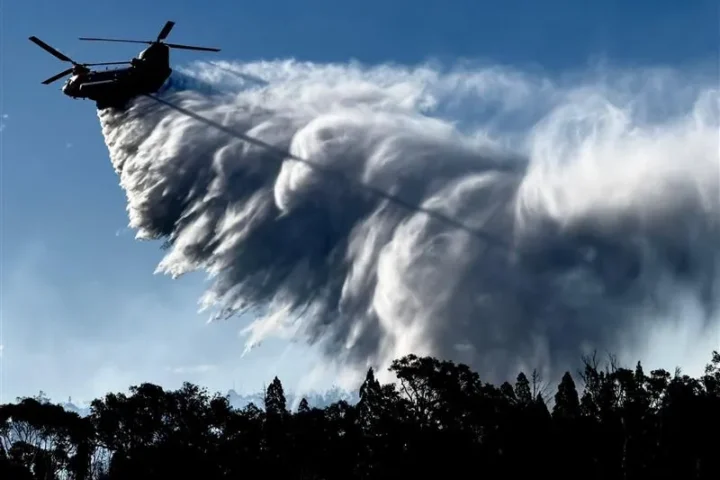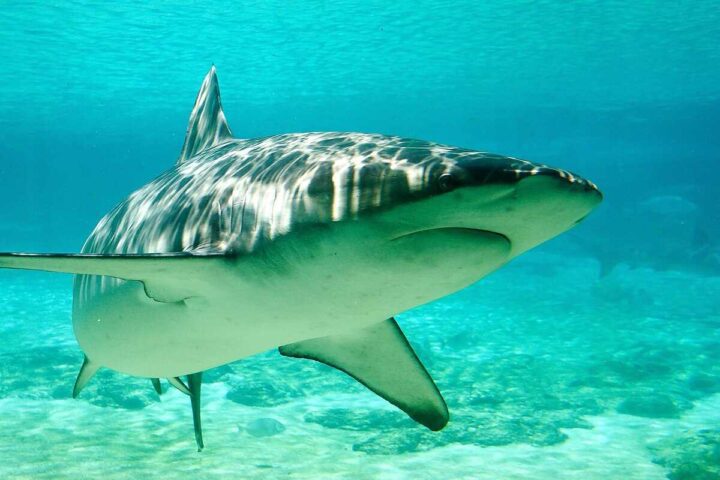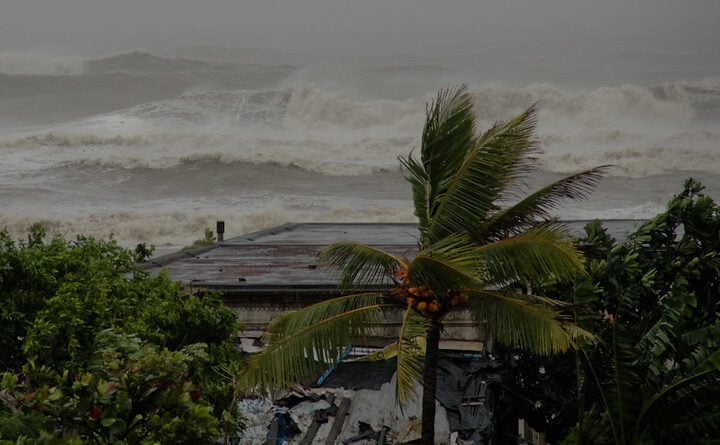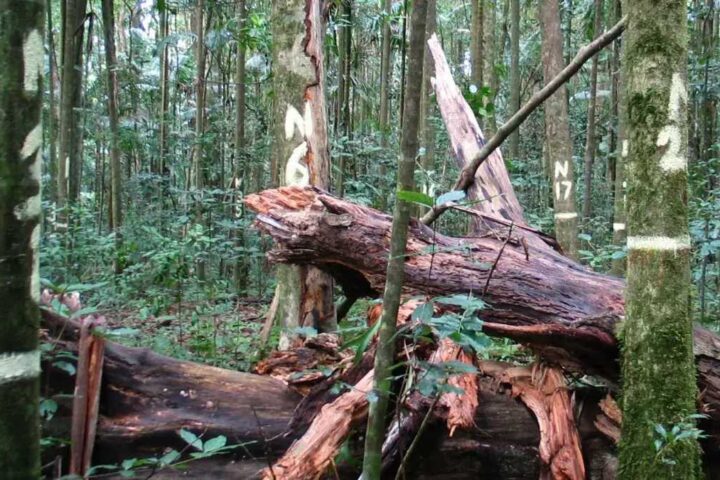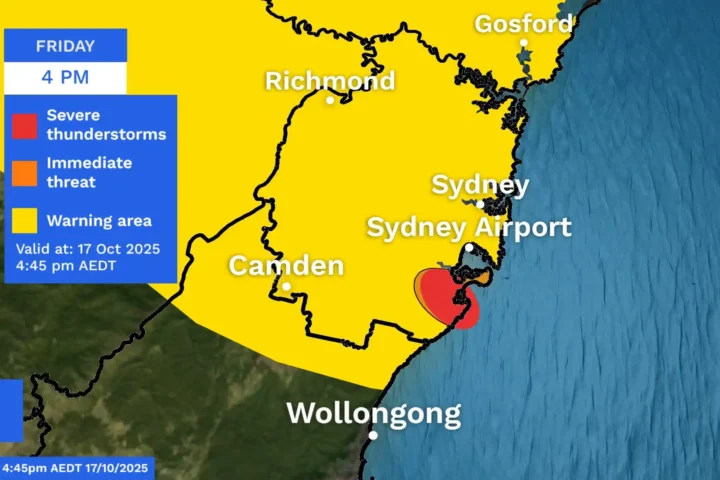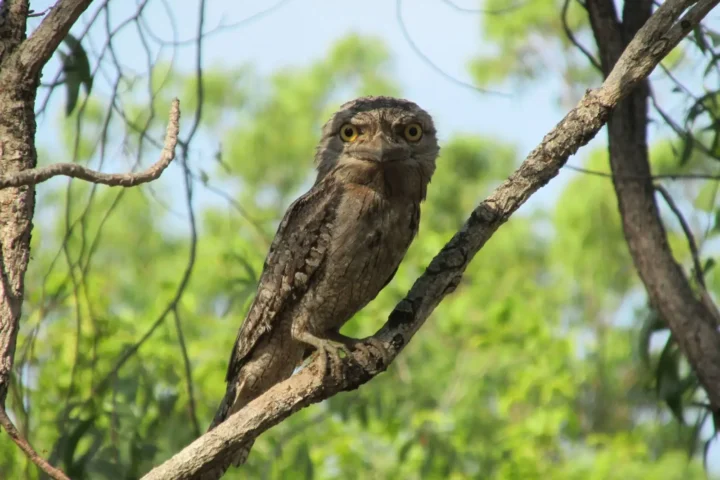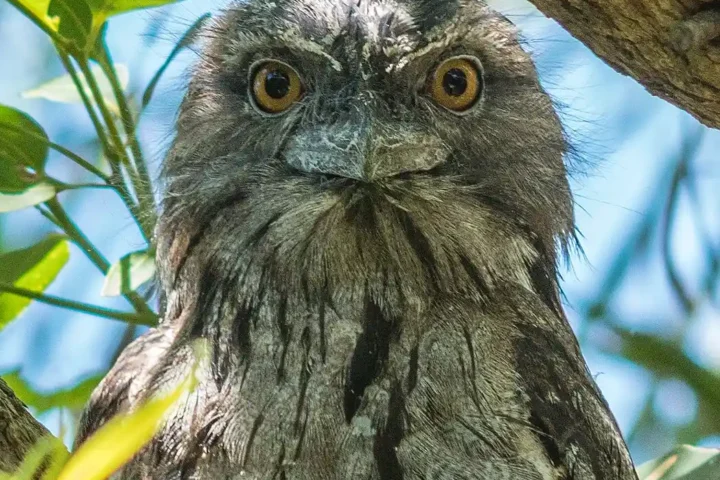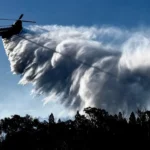A supersized stick insect species, potentially Australia’s heaviest, has been identified in the high-altitude rainforests of North Queensland. The newly described Acrophylla alta weighs up to 44 grams—roughly the same as a golf ball—and can reach around 40 centimeters in total length with legs outstretched.
Taxonomic Details Reveal a Rainforest Giant
The species was formally described by scientists Ross Coupland and Angus Emmott in the scientific journal Zootaxa in June 2025. The scientific name Acrophylla alta refers to its high-altitude habitat—”alta” meaning “high” in Latin.
The holotype (primary specimen) was collected by Coupland in November 2024 at Millaa Millaa at an elevation of 1,090 meters above sea level, while a paratype was collected in February 2025 at Upper Barron. Both specimens are now housed at the Queensland Museum for future scientific study.
Professor Emmott from James Cook University, who helped identify the insect, explains that while longer stick insects exist in the region, they tend to be “fairly light-bodied.” What makes Acrophylla alta special is its substantial weight.
Distinctive Features and Habitat
The insect has distinctive morphological features, including a spinose (spine-covered) body with emerald-green patches on its ventral surfaces. It lives in “notophyll vine forest of cloudy wet highlands on basalt” habitats (Queensland Government Regional Ecosystem IDs 7.8.4 and 7.12.16).
In its natural environment, this insect feeds on native plants. Scientists have observed it eating Syzygium species (particularly Syzygium smithii and S. papyraceum) in the wild, and it readily consumes guava (Psidium guajava) in captivity.
The eggs of Acrophylla alta played a crucial role in identifying it as a new species. “Every species of stick insect has their own distinct egg style,” Professor Emmott noted. “They’ve all got different surfaces and different textures and pitting, and they can be different shapes.”
Evolutionary Adaptations
The insect’s substantial size appears to be an adaptation to its environment. “It’s a cool, wet environment where they live,” Professor Emmott explained. “Their body mass likely helps them survive the colder conditions, and that’s why they’ve developed into this large insect over millions of years.”
The size pattern is consistent with trends reported in a 2024 cross-taxon study on altitudinal and latitudinal body size patterns in insect taxa.
Discovery Story
The discovery process began with social media. According to Professor Emmott, his co-author Ross Coupland received a photo of an unusual stick insect online and “immediately thought that it might be something new.”
One reason this insect remained undiscovered until now is its remote habitat. “It’s restricted to a small area of high-altitude rainforest, and it lives high in the canopy. So, unless you get a cyclone or a bird bringing one down, very few people get to see them,” Emmott said.
After searching, the researchers finally located a large female specimen high in the forest canopy. They had to use a long stick to carefully bring it down for examination.
Conservation Implications
Two specimens of the species have been included in the Queensland Museum to be used by other scientists for species identification, with wider implications for ecosystem conservation. “To conserve any ecosystem, we actually need to know what’s there and what makes it tick before we can think about the best ways to conserve it,” Professor Emmott emphasized.
The discovery underscores the need for ongoing exploration and conservation efforts in biodiverse regions like the Wet Tropics, where countless species may remain undiscovered.
Record-Breaking Insect
This stick insect is notable for potentially being Australia’s heaviest insect, surpassing the previous record holder, the giant burrowing cockroach (Macropanesthia rhinoceros). At 44 grams, it weighs significantly more than most insects in Australia.
While the species discovery is recent, entomologists are already working to learn more about its biology and behavior. So far, only female specimens have been thoroughly studied, with a likely male specimen photographed at Danbulla but awaiting formal description.The discovery of Acrophylla alta highlights how much remains to be learned about Australia’s insect diversity, even when it comes to large, conspicuous species. It stands as a testament to the rich biodiversity of the Wet Tropics region and the importance of preserving these unique habitats.
